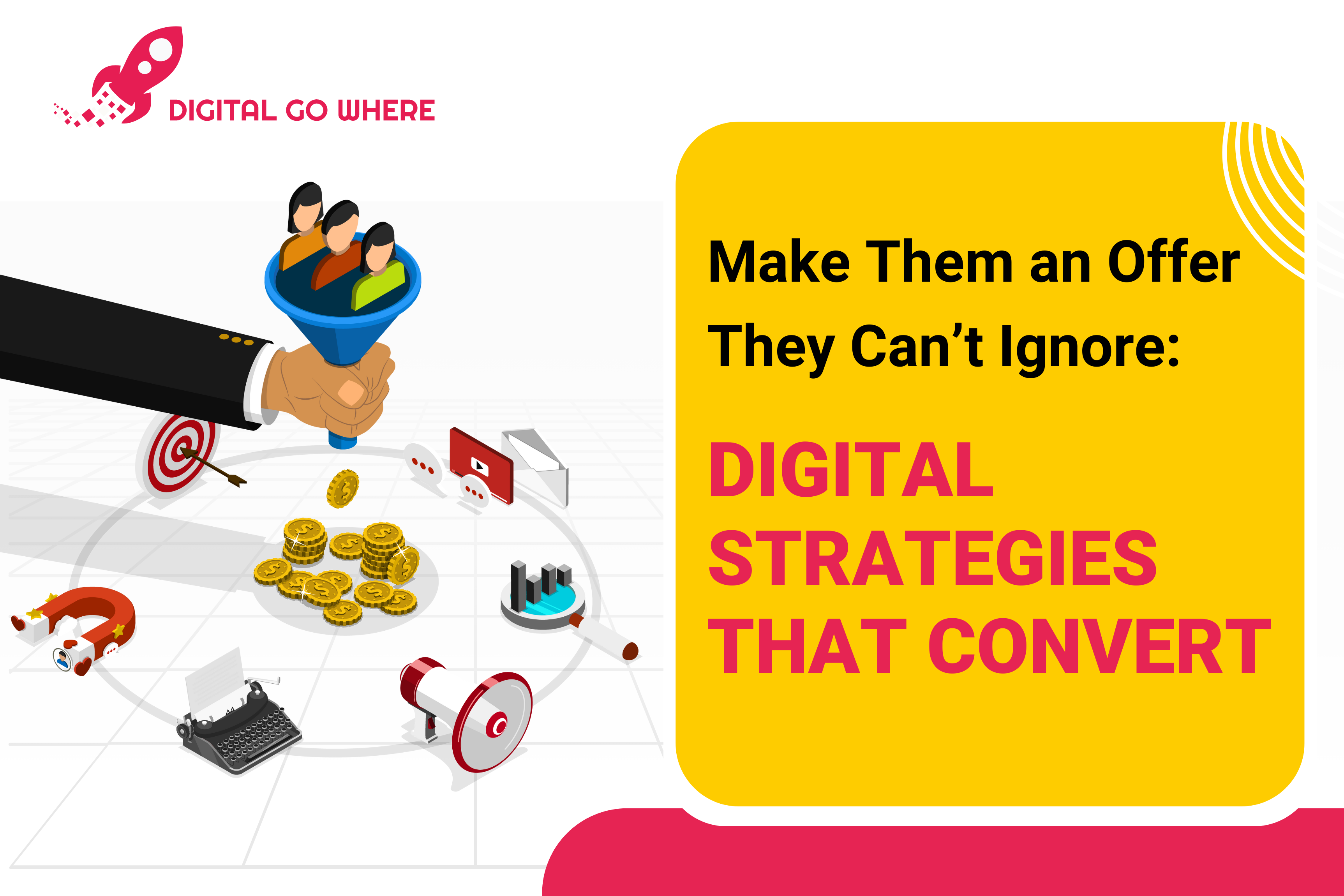In an era where digital sustainability is more crucial than ever, creating an energy-efficient website or a sustainable website is not just a technical necessity but a global responsibility. As of 2024, the website’s carbon footprint is a significant concern, with websites playing a pivotal role.
This guide offers 5 practical ways to help make a website design and content more energy efficient, improve performance and user experience!
Table of Contents
What is Website Energy Consumption?
The internet’s substantial energy consumption is largely due to electricity used in data centers, telecom networks and user devices. As we continue to consume more and more internet data in our daily lives, focusing on reducing the carbon footprint associated with this massive power consumption is necessary.
Why Focus on Website Design & Content?
Focusing solely on the technical aspects of sustainable websites might seem logical. However, it is crucial to recognize that efficiency can be improved even before the website is made. Website design and content play a significant role in influencing energy efficiency and the subsequent elements are essential considerations for digital sustainability.
SEO for Efficiency
Efficient Search Engine Optimization (SEO) is the cornerstone of a sustainable website. By optimizing your site for search engines, you enable users to find relevant information swiftly, reducing unnecessary browsing and consequently, energy consumption. Importantly, focus on quality. Many other factors such as social media, testimonials, and inbound links factor into how a page finds its rightful place on the internet.
Copywriting Matters
The power of concise and clear copywriting extends beyond user engagement. It plays a vital role in reducing visitor’s time searching for information, thus minimizing energy usage. Keywords play an important role when optimising page tags.
-Here are some places where keywords find relevance within a page along with content
- Meta Description – Keep it short and clear. Include your ranking keyword and be no longer than 155 characters.
- Title Tag- Keep it concise and sweet (55 characters or less).
- Header Tags- Your H1 and H2 tags are great places to include keywords.
Enhance User Experience (UX)
A streamlined User Experience (UX) is essential for an energy-efficient website. By reducing friction in user journeys, you enhance user satisfaction and decrease energy waste.
- Define your users and their devices.
- Use the Lean Persona & wireframe method.
- Give users control over functions (built-in notifications or backups) wherever possible.
This creates a sustainable website that benefits both users and the planet.
Minimize Image and Video Use
Images and videos, while enriching, are major contributors to a website’s data load. Optimize these elements by compressing images, using efficient formats, and questioning the necessity of each visual.
- Does the image enhance the user experience?
- Is it informative and valuable?
- Can we use a smaller image without losing impact?
- Can a vector graphic or CSS style replace the image’s effect ?
Asking these questions ensures minimal images without compromising user experience, reducing the website’s carbon footprint, and hence building a more sustainable website.
Font choices
The choice of web fonts impacts your site’s energy consumption. Opt for system fonts when feasible, though not always as stylish, and require no additional font file downloads since they are pre-installed on user’s devices. Choose your fonts wisely to minimize energy usage and contribute to digital sustainability.
Be conservative with font choices, minimizing custom web fonts and using fewer typefaces and weights to streamline loading. Ensure your font selection reduces HTTPS requests. This improves both website performance and energy efficiency.
Conclusion
Reducing the carbon footprint of the web is a collective responsibility that involves strategic choices in web design, development and hosting. By incorporating these energy-efficient website practices, we not only contribute to a sustainable future but also create websites that excel in performance and user experience and web design. Let’s collaboratively build a greener, faster, and more user-friendly internet.
FAQs
SEO streamlines website content, reducing user browsing time and consequently, energy consumption.
Yes, choosing modern and efficient web fonts can significantly reduce page load times and decrease energy usage.
Dark mode is particularly effective with OLED screens, as it reduces energy consumption by lighting up individual pixels instead of a constant backlight.
Digital sustainability addresses the environmental impact of our digital lives by reducing carbon footprints, energy consumption, and electronic waste. It promotes an eco-friendly and sustainable approach to technology.
Individuals can boost digital sustainability through mindful habits, supporting eco-tech, responsible e-waste disposal, and promoting energy efficiency in website practices.








